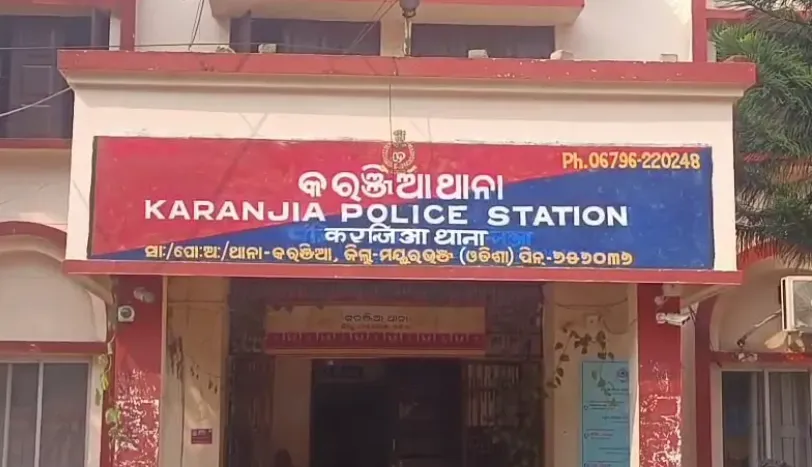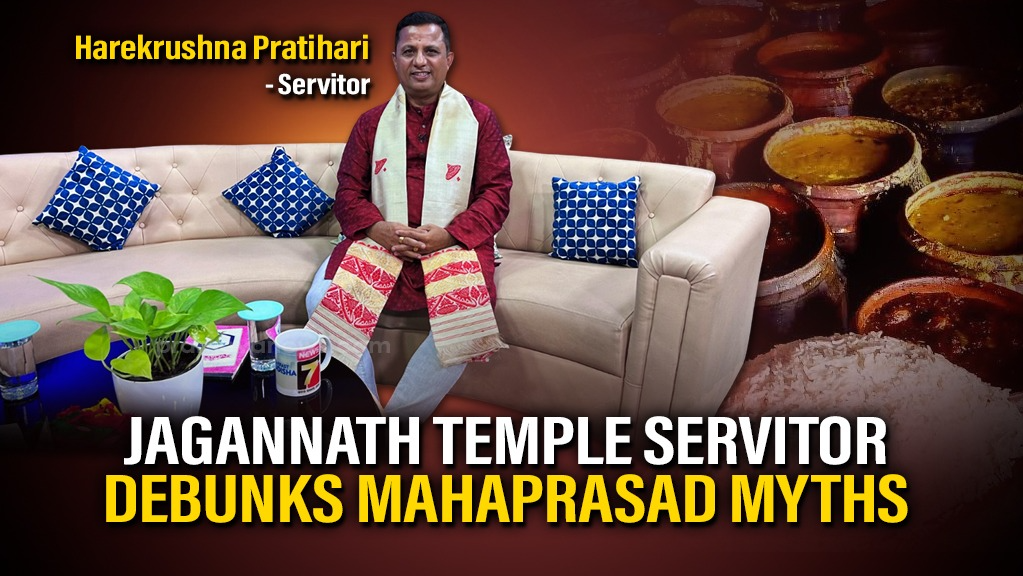

Puri Servitor Reveals the Truth About Jagannath’s Kitchen
The Jagannath Temple in Puri stands as a monumental symbol of faith, its rituals and traditions captivating millions. Yet, many of these practices are shrouded in myths that have traveled through generations. In a revealing interview on "Breakfast Odisha," Harekrushna Pratihari, a sevayat (servitor) intimately involved with the temple's daily rites, separates fact from fiction, offering an authentic glimpse into the world of Jagannath culture.
The Miraculous Kitchen: Science, Not Just Magic
Perhaps the most famous legend revolves around the temple’s Rosha Ghara, the holy kitchen. Stories of 752 stoves and a magical cooking process where seven pots are stacked vertically and the topmost one cooks first have fascinated people for years. However, Mr. Pratihari explains this is a widely spread myth. "According to the official temple record, the Satwalipi, there are 242 stoves, and the functional number is closer to 240," he clarifies. The number 752 is a misconception likely born from a long-ago misprint or misinterpretation.
More importantly, the "miracle" of cooking is actually a testament to brilliant ancient engineering. The pots are not stacked one on top of the other. Instead, each large chuli (hearth) is masterfully designed. Viewed from above, it resembles a lotus, with six slots (jhinka) surrounding a central space (taalu). This allows for nine pots to be placed on a single hearth simultaneously, with heat being distributed with incredible efficiency. There are also different types of stoves for specific purposes: Randha chulis for rice, Ahia chulis for dal and curries, and Pitha chulis for cakes and sweets.
The Lord's 15-Day Retreat: Rejuvenation, Not Sickness
Every year after Snana Purnima, the deities enter a 15-day seclusion known as Anasara, and it is widely believed they are suffering from a fever. Mr. Pratihari lovingly corrects this notion, explaining it as a Manabiya Leela—a divine play with human-like attributes. The deities don't actually fall ill. Following the 108 pots of water poured during the ceremonial bath, their colors fade. The Anasara period is a sacred time for their rest, rejuvenation, and the intricate process of repainting their forms.
During this time, their diet changes. Instead of the regular cooked meals, they are offered light and healing foods. This includes Phalamula (fruits and roots), Chakata Bhoga (mashed food items), and a special medicinal brew called Dasamula Modaka, prepared with ten herbal roots to signify healing and restoration.
The Purity of Offerings: Clarifying Critical Misconceptions
Mr. Pratihari also tackles one most significant myths regarding temple offerings:
Offerings at Bimala Temple: animal sacrifice (bali) is part of a secret ritual at the Bimala Temple. "During the Sharadiya Durga Puja, a secret night puja is conducted for Goddess Bimala," he states. After this ritual, the entire temple complex undergoes a thorough purification before the next day's rites can begin." No non-vegetarian food ever enters the temple premises for offerings.
This insightful discussion underscores the importance of understanding the deep logic and symbolism behind the temple's rituals. It’s a call to cherish the authentic traditions of Jagannath culture, passed down through scriptures and servitors, rather than the unverified tales that often capture the popular imagination.
You can watch the full episode in the following link: https://www.youtube.com/watch?v=OPJpzH7NEO4